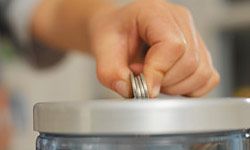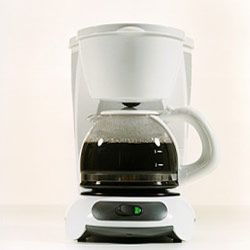Spending on clothes can be hard to track because it's not something most people do every week or even every month. First, don't focus on brand names. You're usually just paying for the name, and the clothes aren't always nicer than what you'd find in a lesser-known brand. Considering the insane prices for designer jeans, shoes and other apparel, you can rack up massive savings with this step alone, depending on your prior shopping habits.
Next, sort your clothes and note what you wear regularly and what hangs in the closet until you forget you even own it. It doesn't matter how little you spend on an article of clothing -- if you never wear it, it's all wasted money. Focus on versatile pieces that can be worn in different situations or that match lots of other things so you can create different outfits.
Now, plan ahead. You don't want to be buying winter clothes in November because things are most expensive "in season." Stores cycle through their clothes pretty quickly, though, so head to the clearance rack if you have to buy. You'll find incredible deals on clothes that will be in season in a few months. It takes some digging, since those clearance racks can be poorly organized, but it's worth it. Imagine a $50 pair of jeans on clearance for 75 percent off (not an uncommon sale). They'd cost you less than $15.
If you're focused on fashion, you can still save money while shopping for current styles. Take a look at fashion outlet stores and discount Web sites. Also consider store brands that follow fashion trends without the prices of big name brands.


